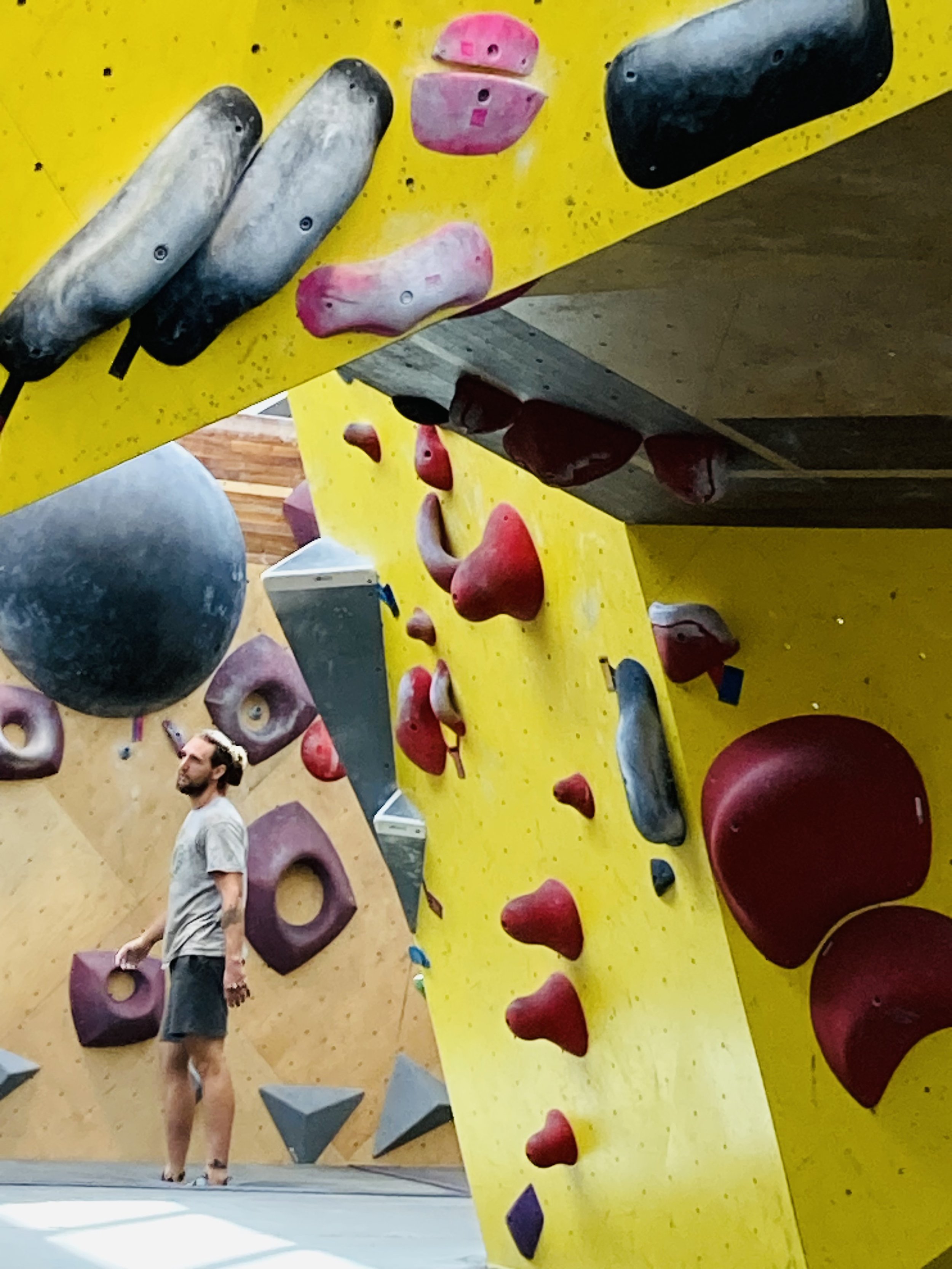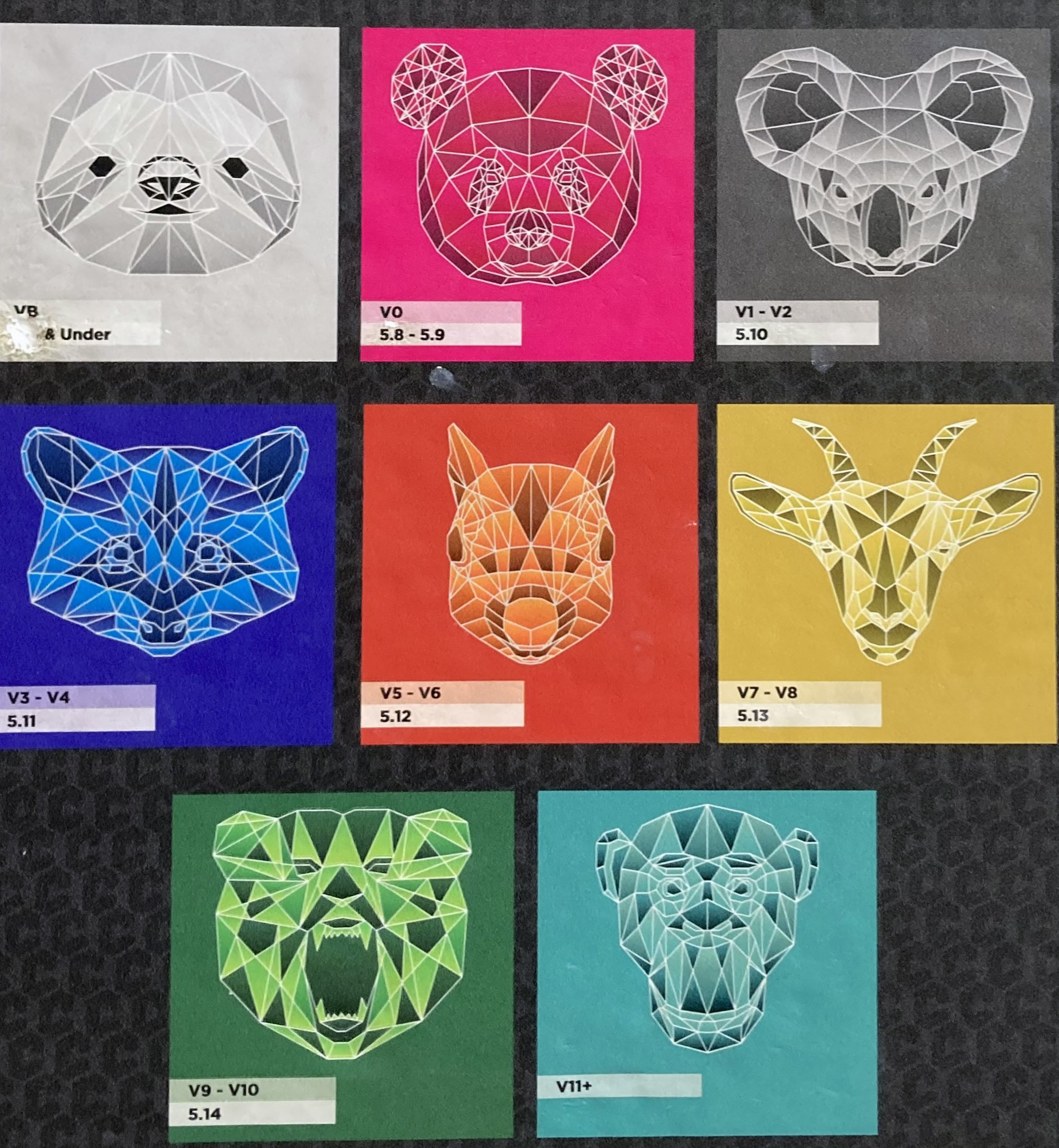A mathematician I knew used to scare his long-suffering girlfriend half to death whenever he announced was going rock climbing. Everything, he told her, was in preparation for Aconcagua. The man, who often climbed barefoot, didn’t think small. Straddling the border between Argentina and Chile, the mathematician's 22,837-foot mountain dream is the highest peak in the Western Hemisphere and one of the most challenging climbs in the world.
I remembered that man—and the girlfriend who married him despite her misgivings—when I found my way to pro climber Alex Honnold’s 2018 book, Alone on the Wall. He never finished the civil engineering degree he started at Berkeley because by the time he turned 19, rock climbing had become his full-time job. I must admit the lifestyle he described—dirtbagging it all around California and the West in a Ford Econoline E-150 van in search of the next great climb—sounded as über-cool as you could possibly get.
Honnold’s specialty is free-soloing, a form of climbing that uses no ropes, helmets or other protective gear except for hand chalk and the climbing shoes my mathematician friend rarely wore. It’s a stripped down extreme sport that requires both upper and lower body strength, flexibility, focus and endurance. A good dose of the crazy that helped Honnold scale the 3,000-foot vertical face of Yosemite’s El Capitan doesn’t hurt either. Bouldering, the more suburban version of free-soloing, involves scaling 15-25-foot walls that can be either manmade or naturally occurring. If you do it indoors, the walls will be set at different angles to the ground and outfitted with a variety of colorful toe and finger holds—which have their own unique names—meant to simulate the kind found on real rocks. Crash pads cushion climbers when they're ready to drop back to earth.
His name didn't immediately come to mind when I decided to go Saturday bouldering with a friend. After picking up a pair of soft-soled climbing shoes at the front desk, a gym monitor explained that each climb on the bright yellow walls around us had been graded using an 8-level animal system. The easiest climbs were tagged with sloth faces. Successively harder ones were marked with panda, koala, raccoon, squirrel, goat, bear or chimpanzee faces. The less appealing or "cute" the animal, the more difficult the climb. Let your arms hang slack at each hand hold and don’t try the bear or chimpanzee climbs just yet, our guide said with a wink.
Tess, a former novice-level trapeze aerialist, lost no time hopping up onto a koala climb staked out on a wall that bent in at a slightly acute angle. Soft, fuzzy and easy, I thought, eagerly awaiting my chance to climb to the top. Tess started to struggle halfway up and dropped to the cushion. Clinging to the hand grips with tensed arms that could not hold my body weight, I didn’t get past the first set of wall holds. Soft and fuzzy my ass. I tried again trying to keep my arms loose as our guide had suggested but fell back onto the crash pad where I let loose a torrent of expletives and rubbed at the sudden soreness in my upper arms. Tess gave me a mocking look. Remember there are children are here. Scowling, I sucked the curses under my breath then tried a panda climb that only infuriated me more. The children Tess had cautioned me about were shimmying up similar climbs powered only by giggles and instinct.
We resigned ourselves to seeking out sloth climbs which were more straightforward, almost like climbing a 90-degree ladder. I grinned and hooted like a maniac as soon as I reached the top. I dropped to the crash pad and Tess scrambled up even more quickly and took the accomplishment in the measured stride I had not. Reveling in the feeling of accomplishment, we went in search of other climbs.
An ungraded wall containing a chaotic assortment of climbing holds—called jugs if they offered a secure handhold, pinches if they offered shallow finger holds and crimps if they could only be used for fingertip gripping -- caught our attention. Even the most advanced climbers doing bear and monkey climbs seemed unwilling to try it. I quickly understood why: here there was no route to follow to the top. You decided which holds to use and when.
The old chess player in me smiled as I examined the wall more closely. Bouldering was physical but it was also about strategy. Wall angles tested physical strength while the placement of foot and handholds tested both flexibility and problem-solving skills. If I put my foot on one climbing hold, where (and what) would I need to grab to steady and/or reorient my body for the next step up? And would that step up put me in position to locate another hand—or finger—hold to continue up a route?
We ended our visit by trying another route marked out in giant round climbing holds—called slopers—that had rough surfaces but no edges to grip. This one was graded panda; but as far as my firend and I were concerned, it could have been graded bear or monkey. We turned in our shoes and the young man who had been our guide smiled at our frustration. That route had vexed many others as well. The secret, he said, was to wrap open palms on each sloper and hug the wall with the whole body. I raised my eyebrows. And you call that a panda climb? Tess just laughed.
As we picked up our gym bags and left for the day, something Alex Honnold said about his early climbing experiences surfaced from memory. His skills had been good but unremarkable; what transformed him had been grit, determination, an unadulterated love of the sport and years of practice. Still, I could not stop imagining what it might be like to suddenly be gifted with his Spiderman-like talents. If only I could find Peter Parker’s radioactive spider and get it to bite me, too…



